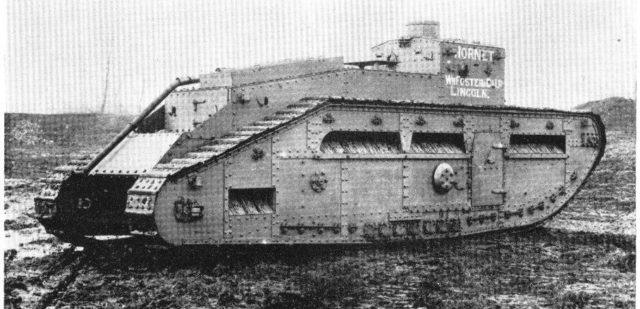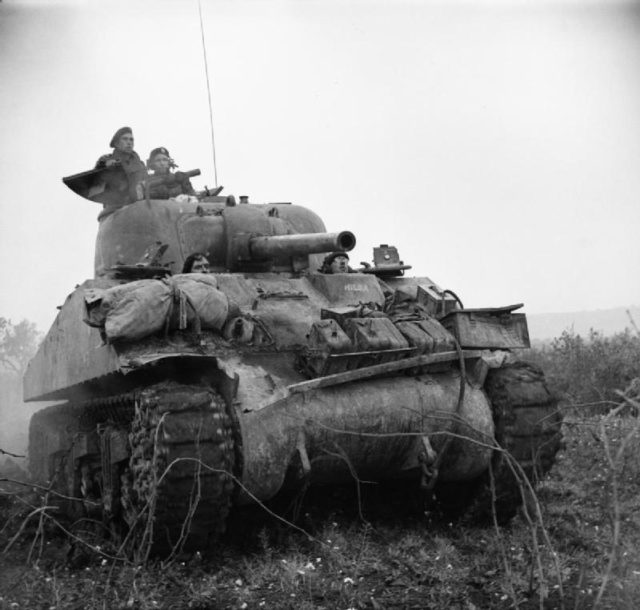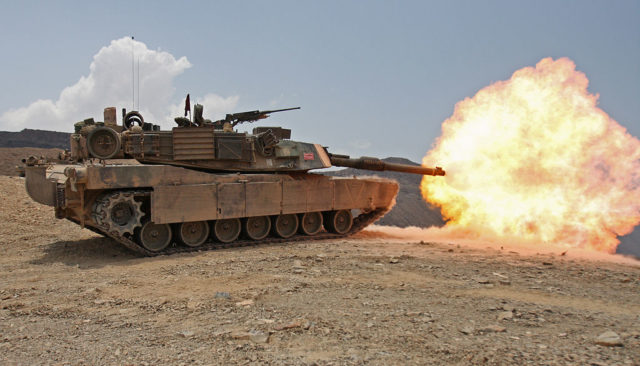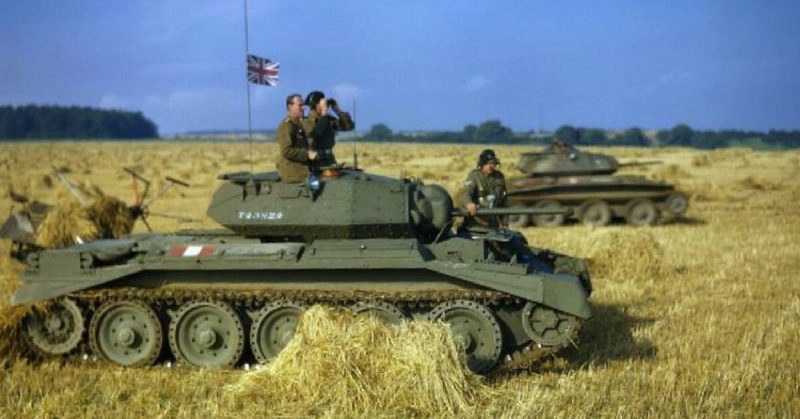The concept of a military tank was not particularly new in 1916. However, the ability to move troops safely through combat territories with a vehicle felt like an incredibly important innovation during the First World War. Tanks took advantage of combustion engines, armor plating, and a continuous track. They first entered warfare on September 15, 1916, at the Battle of the Somme. From there, they expanded to be a crucial part of wars for the next several decades, and remain in regular use today.
The History of Troop Movements
The idea of safely bringing troops into the heat of battle had been present for hundreds of years. In China, chariots carrying as many as four spearmen were commonly used. In Medieval Europe, the sides of siege engines were armored to protect the operator.
During the late 1890s and early 1900s, mechanics experimented with ways to replace cavalry with some type of vehicle using an internal combustion engine. There were several variants of these armored cars created between the Boer War and the outbreak of World War I, but they were never used in France. They were too much like cars of the time and needed smooth roads to travel. It was not until the continuous track was combined with the internal combustion engine that a solution was reached.
How Tanks Appeared in World War I

A generation of young men volunteered in 1914 for the First World War, believing the propaganda that they would be home by Christmas. By the end of the year, however, it was evident the war was at a stalemate.
Neither side had made any meaningful gains from their original positions. Any attempts at going “over the top” and rushing the enemy trenches resulted in the decimation of the forces of the attacking army. A solution was required.
Cavalry charges were discussed but never implemented. The tank seemed the best option. In great secret, the British completed and tested their design in 1916. They were then ready to enter the action by September.
Tanks could run over barbed wire, withstand machine gun fire, and cross gaps in the battlefield. Soldiers could find shelter from gunfire by staying close behind the tanks. They might make it to the other side to flush the Germans out of their trenches.
However, it was 1917 before conditions were right for the British tanks to push to victory. They were instrumental in the final year of the war, mainly because Germany did not have a tank of its own until 1918. By then their inability to manufacture meant production was impossible.
Use of Tanks in World War II

By the time war again broke out in Europe for the second time in the 20th century, the Germans had fully integrated tanks into their fighting units. During the Blitzkrieg, tanks were instrumental, with Germany relying on the speed of tanks and their ability to withstand damage to overcome enemy defenses.
A comparison is often made of American and German tanks from the Second World War with American tanks being seen as inferior. This is based on a misunderstanding of what tanks were designed to do.
American tanks were inferior to German tanks in a one-on-one fight, but American tanks were not designed to face down other tanks. Their purpose was to disrupt and outmaneuver the enemy’s infantry.
American tanks were designed to be lighter and faster – partly as they needed to be shipped across the Atlantic. They were easily able to outmaneuver the German tanks, even when severely outgunned. German tanks were elite fighting machines, but American tanks greatly outnumbered them.
The Allied strategy of bombing factories and plants in Germany also helped the Allied forces maintain their supremacy on the field when it came to tanks. The German Panther tanks needed many specific replacement parts and regular maintenance. As the Allied forces shut down German manufacturing, they became impossible to repair.
To compensate for the relative weakness of American tanks, they were accompanied by “tank destroyer” units. These units were on foot and attacked an enemy tank, allowing the American vehicles to proceed.
British tank designers, meanwhile, had been carefully analyzing reports of tank weaponry Germany was developing and created tanks that could respond and meet the enemy face to face.
During the Second World War, tanks were most commonly used in North Africa, as well as on the Eastern Front.
Post-World War II Developments In Tanks

After the Second World War, the Americans focused on developing armored tanks which were faster, more nimble, and more powerfully equipped. During the 1950s, fear of a nuclear attack from Russia or another communist country gripped the United States. Many groups wanted tanks to be equipped with guided missiles, and against tactical nuclear weapons.
These concepts ultimately were too challenging and expensive. Designers focused on existing technology, upgrading armor, shell design, and movement capabilities.
Sherman tanks from during and after the Second World War were purchased and used around the world. Such groups as the Israeli Defense Forces, the 1970s conflicts in Pakistan and both sides of the Second Kashmir War. The Indo-Pakistan War was also fought using leftover tanks bought from Allied powers.
During the Yom Kippur War, tanks were destroyed in previously inconceivable numbers by guided missiles. Military commanders around the world began to think tanks had become obsolete. When Ronald Reagan became president in 1980, however, he began to push funding for tank design and production, building on tensions with the USSR.
When the Gulf War began in the 1990s, tanks again saw heavy use, but the Iraqi forces were deploying incredibly out of date Chinese tanks. By the time the 2003 Iraq War began, however, Iraqi forces had upgraded to modified T-72s and had learned to hide or place them in dug-outs, inflicting tremendous losses on British and US troops. Eventually, the T-72s were outclassed by the M1 Abrams deployed by the United States, as well as other contemporary battle tanks.
In many ways, tanks have been roughly the same for 70 years; it remains to be seen what the next dramatic development in tank technology will be.
